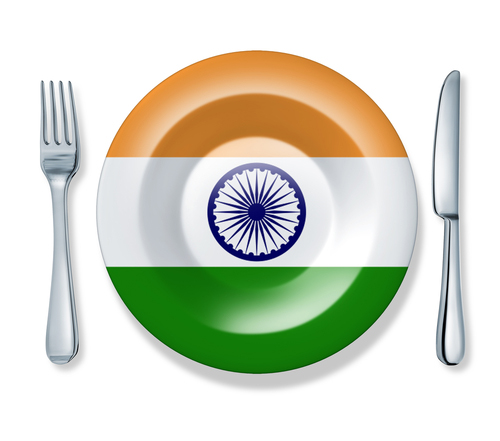Foreign Development Investment continues to grow in India
- Like
- Digg
- Del
- Tumblr
- VKontakte
- Buffer
- Love This
- Odnoklassniki
- Meneame
- Blogger
- Amazon
- Yahoo Mail
- Gmail
- AOL
- Newsvine
- HackerNews
- Evernote
- MySpace
- Mail.ru
- Viadeo
- Line
- Comments
- Yummly
- SMS
- Viber
- Telegram
- Subscribe
- Skype
- Facebook Messenger
- Kakao
- LiveJournal
- Yammer
- Edgar
- Fintel
- Mix
- Instapaper
- Copy Link
Posted: 27 September 2018 | Anna Lambert (New Food) | No comments yet
Figure has reached the USD 1-billion mark, says Minister


At a Confederation of India Industry event earlier this week, Food Processing Minister Harsimrat Kaur Badal told her audience that Foreign Development Investment (FDI) in India’s food processing industry has reached the USD 1-billion mark. “When we took over the government in 2014, FDI in the food processing sector used to be USD 500 million every year. This year, we touched USD 1-billion mark. This is a tip of the iceberg, we have to go a long way,” she said.
The Economic Times of India reports that, according to official data FDI in the food proessing was USD 904.9 million in the fical year 2017-18, while it stood at USD 727.22 million and USD 505.88 million in 2016-17 and 2015-16 respectively.
Retailing giants, said the Minister, are exploring the option of going straight to farmers in a bid to procure produce: “I am happy to see companies like Metro and Walmart are keen to tie up directly with farmers.”
In May of this year, Walmart, the world’s largest retailer, confirmed a $16 billion investment into Flipkart for a 77 percent share of the online retailer. Flipkart is India’s biggest online retailer with 54 million active customers and projected gross merchandise value of $7.5 billion for 2018, according to www.techcrunch.com. Although Flipkart is best known for selling household goods, it has a growing groceries division, In May, Business Today quoted a spokesman who said,”Flipkart wants to capture the customers that shop for groceries in the first 10 days (of a month), who make up 60 per cent of the customer base…It wants to expand its customer base through these low-ticket yet high-frequency purchases.”




